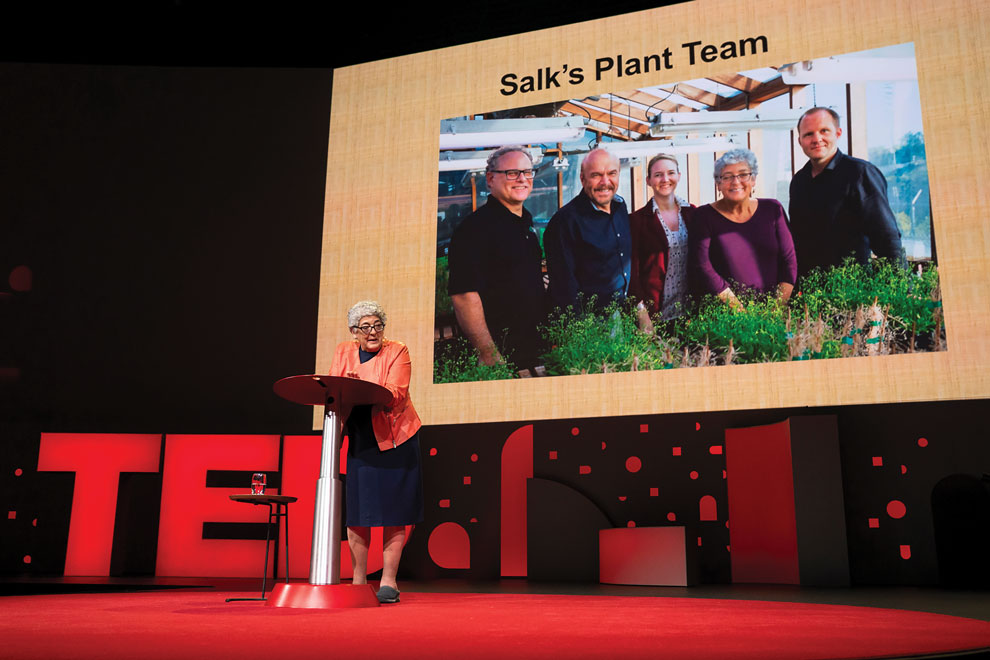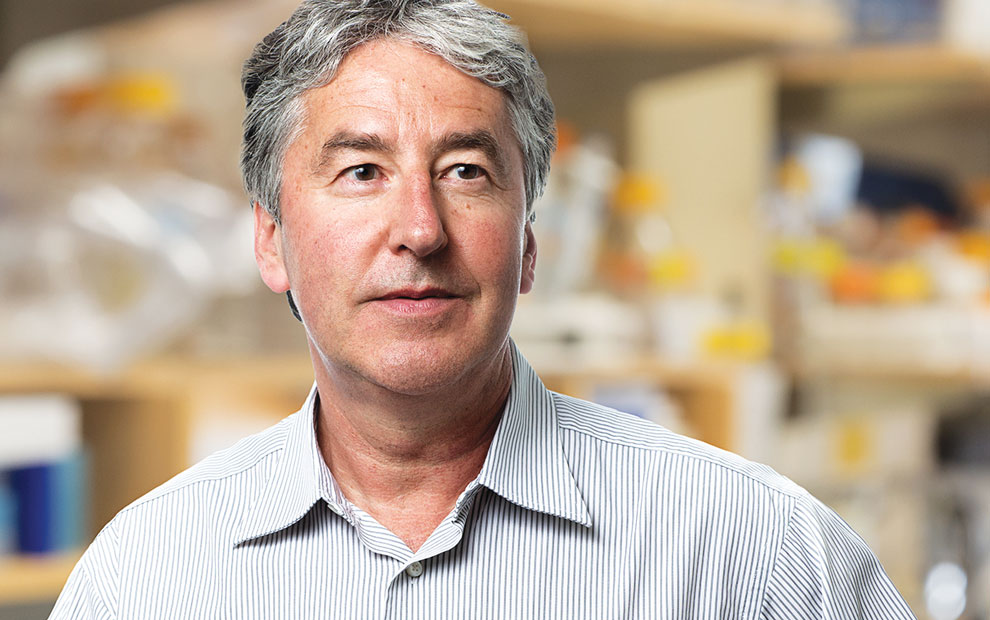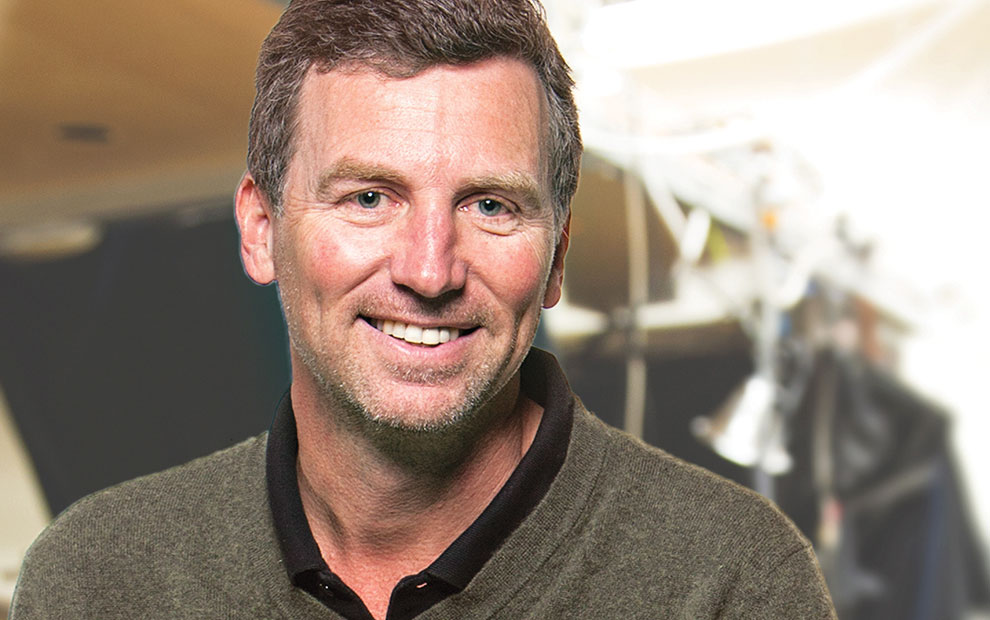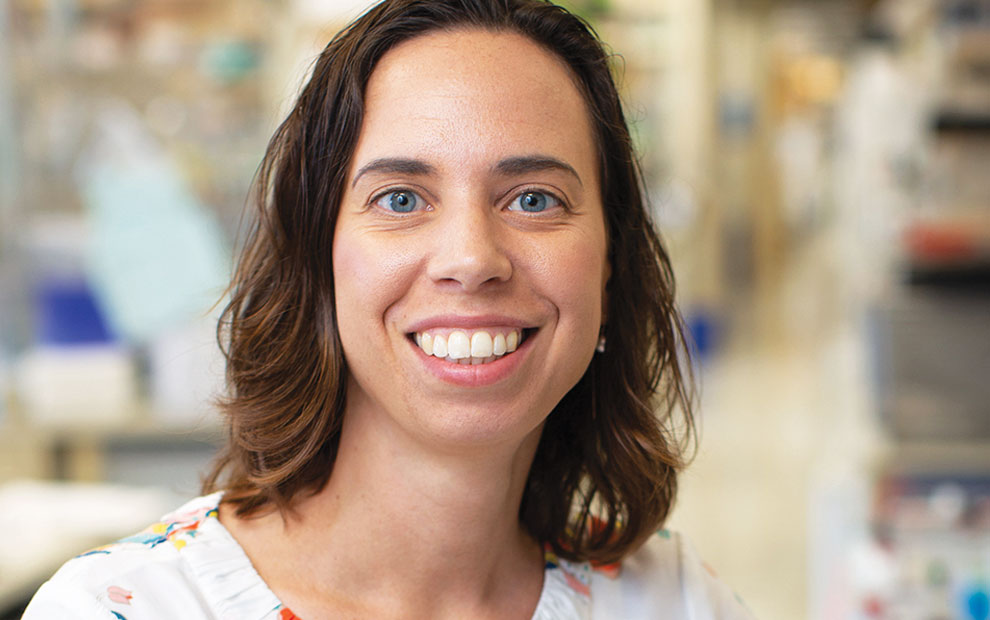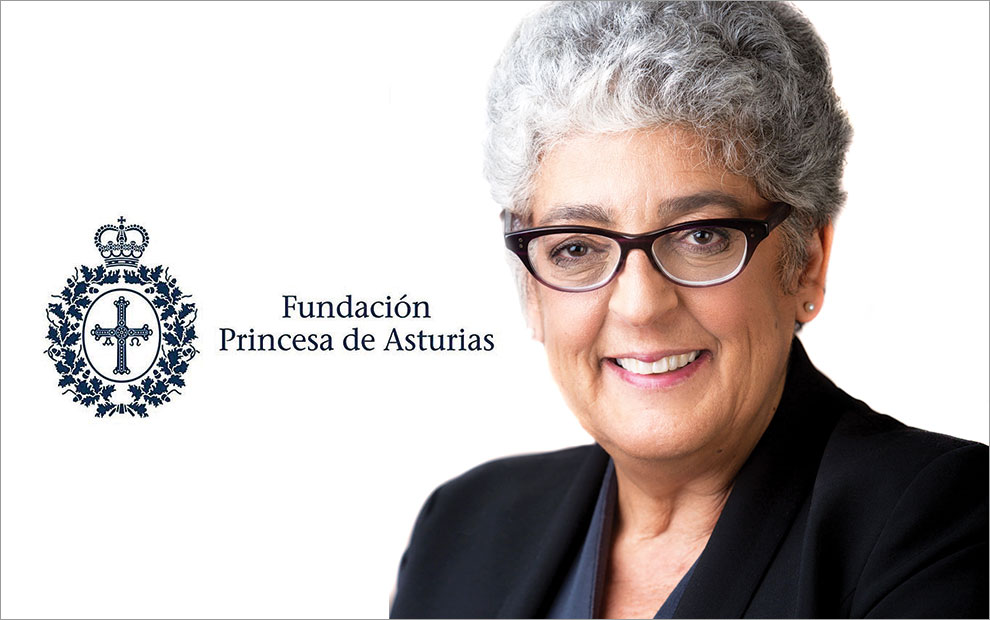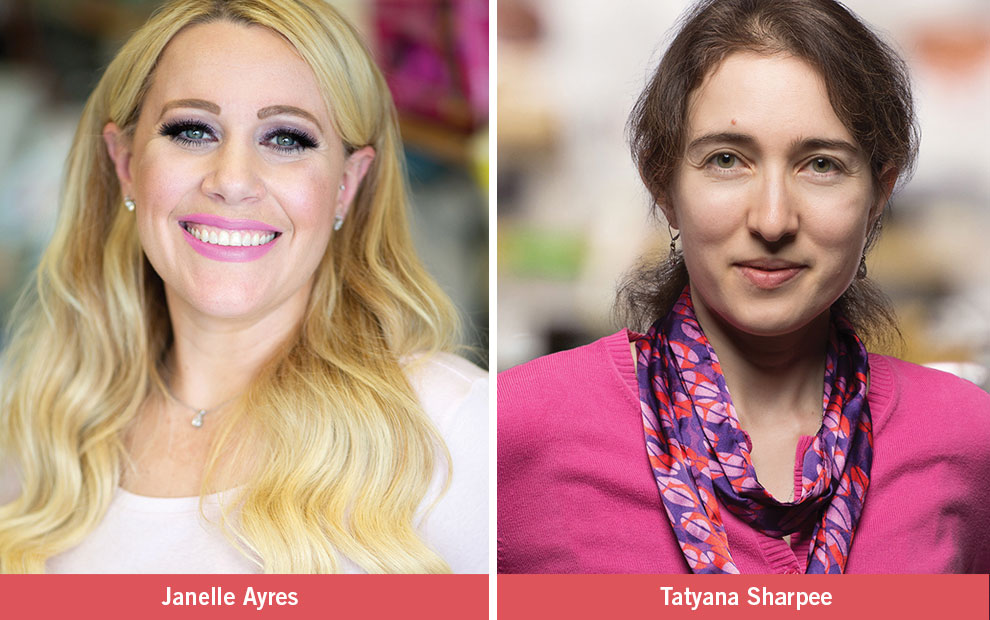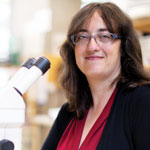The Salk Institute’s Harnessing Plants Initiative to combat climate change using plants, led by Professor Joanne Chory, executive director of the initiative, will receive funding of over $35 million from more than 10 individuals and organizations through The Audacious Project, a highly competitive program housed at TED. The collective commitments represent one of the largest gifts to a single project in the Institute’s history.
“We are overjoyed with this strong show of support for the Harnessing Plants Initiative from donors through The Audacious Project,” says Chory, who is also director of Salk’s Plant Molecular and Cellular Biology Laboratory. “Plants have evolved over time to be an ideal vehicle for carbon capture and storage. If we can optimize plants’ natural ability to capture and store carbon, we can develop plants that not only have the potential to reduce carbon dioxide in the atmosphere (negative emissions) but that can also help enrich soils and increase crop yields.”
The Harnessing Plants Initiative Leadership Team—which includes Salk faculty Wolfgang Busch, Joseph Ecker, Julie Law and Joseph Noel—aims to use a combination of cutting-edge technologies to turbocharge plants’ ability to capture and store in their roots larger amounts of carbon from the atmosphere and keep it buried in the ground for hundreds of years. Chory led the Institute’s involvement with The Audacious Project and was instrumental in the Harnessing Plants Initiative being chosen to receive this support. A Howard Hughes Medical Institute investigator and a recipient of the 2018 Breakthrough Prize and the 2018 Gruber Genetics Prize for her work in plant biology, Chory presented the key elements of the initiative in a nine-minute speech before an audience of 2,000 people attending the TED annual conference in Vancouver, British Columbia, on April 16, 2019. (A video of Chory’s talk has over 1 million views online.)
The key to the initiative’s plan lies in a substance called suberin (one form of suberin is cork), a naturally occurring, carbon-rich substance found in plant roots that resists decomposition.
By understanding and improving several genetic pathways in plants, the Salk team will develop plants that grow bigger and more robust root systems containing an increased amount of suberin, enabling the plants to absorb larger amounts of carbon from the atmosphere and bury the carbon-rich suberin deep in the soil.
By influencing the genes that control those traits and then combining those characteristics in a single plant, the team will develop Salk Ideal Plants™, which will be tested in a state-of-the-art climate-simulation facility at Salk that is able to mimic environmental conditions almost anywhere on Earth. This facility will allow the scientists to uncover the genetic traits that help plants survive in stressful environments—in the past, present and future.
Once they have developed ways to increase suberin in model plants, the Salk team will transfer these genetic traits to six prevalent crop plants. In addition to mitigating climate change, the additional carbon in the soil will make the soil richer in organic matter and make the plants more resilient to stress caused by climate change, prompting better crop yields and more food for a growing global population. In a related but distinct project, the team will also focus on restoration of coastal plants that constitute some of the most powerful carbon sinks on the planet. Restoring these systems will allow coastal plants to thrive and store more carbon while also reinvigorating fisheries; rejuvenating coral reefs; and aiding in coastal-restoration efforts.
“Rising global temperatures are among the top challenges facing humanity today, and we are extremely grateful to The Audacious Project donors for their generous support of Salk’s bold approach to meeting this unprecedented challenge,” says Rebecca Newman, vice president of External Relations at Salk. “We have no doubt that this funding will ensure these visionary scientists have the critical resources needed to implement this truly audacious initiative over the next five years.”
Donors through The Audacious Project include the Clara Wu and Joe Tsai Foundation, Chris Larsen and Lyna Lam, Lyda Hill Philanthropies, Genevieve and Steve Jurvetson, Rosamund Zander and Hansjörg Wyss for the Wyss Medical Foundation, Joe Gebbia and Isabelle Boemeke, and others.
“Social entrepreneurs masterfully combine their ingenuity with the issues that they care about most to move the needle towards a better world,” says Anna Verghese, executive director of The Audacious Project, which aims to take on the world’s biggest and most urgent challenges. “Salk’s innovative approach to tackling climate change has been hiding in plain sight—in the biology of the plants that surround us—and we’re excited to help put their bold plan into action.”
















































